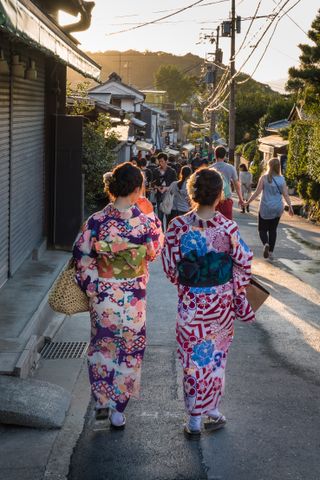Why you can trust TechRadar
Performance
- 24fps burst shooting
- 5-axis image stabilization
- 400-shot battery life
The 14fps burst shooting on the RX10 III was already impressive, but the Sony RX10 IV's 24fps burst shooting puts it in a class of its own for a bridge camera, even trumping the 20fps offered by the Alpha A9.
You might have to ask yourself whether you actually need this kind of performance (if you don't, it can be set to 10 and 3.5fps), but for those who do, you can rest safe in the knowledge that the camera will sustain this rate for up to 112 raw or 249 JPEG files, with full AF and metering.
The RX10 IV's EVF doesn't disappoint either, rendering a crisp and clear view, while the broad dynamic range of the display means its suited to a range of scenes. There are no quibbles when it comes to the rear display either – resolution is good, while colors and detail also look good.
The 24-600mm f/2.4-4 lens impresses, performing extremely well throughout the zoom range
The touchscreen integration is welcome – especially the AF functionality – but Sony could have gone much further here. Frustratingly, it's not possible to navigate the menus via the touchscreen (something that would be really useful given how comprehensive they are), or swipe through images when reviewing.
The 24-600mm f/2.4-4 lens impresses, performing extremely well throughout the zoom range. There's a hint of vignetting when the lens is wide open, but overall the lens is very sharp considering the extreme focal range it covers.
More good news is that Sony's built-in SteadyShot image stabilization system is very effective and, with Auto ISO enabling you to set a minimum shutter speed, you can customize the settings to ensure that camera shake shouldn't be an issue. We managed to shoot as slow as 1/125 sec and still achieve a sharp shot at 600mm.

The RX10 IV's metering system did an excellent job; even under tricky lighting conditions it seemed to cope well, while the camera's Auto White Balance was also very accurate.
Battery life has actually reduced a little from the RX10 III, dropping to 400 shots per charge compared to 420. This could perhaps be attributed to the newer sensor and the demands of the image processor.
Image quality
- ISO100-12,800, expandable to 64-25,600
- Decent dynamic range
- Noise controlled well at high ISOs
With the Sony RX10 IV packing a similar sensor to the RX10 III and RX100 V, images didn't throw up any unpleasant surprises. For a 1-inch sensor camera, the RX10 IV is capable of delivering some very pleasing shots at a range of ISOs, while the dynamic range available means it's possible to recover a decent amount of detail in raw files.
Resolution is very good, and you should have no qualms about making a decent A3 print from an RX10 IV file, especially if you shoot at under ISO800, where image noise is nicely controlled. Even if you go above that (and let's be honest, you probably will), things are still very good. At ISO1600 color noise is just starting to appear in shadow areas of images, while at ISO3200 there are hints of both color and luminance (grain-like) noise present. It's still more than satisfactory though, especially if you shoot in raw, as you can mitigate these effects in post. We'd resist going above ISO6400 if possible, although if you really have to you'll still be able to get acceptable results, provided you're realistic about how large you'll be able to print.
Current page: Performance and image quality
Prev Page Build, handling and AF Next Page Verdict and competitionPhil Hall is an experienced writer and editor having worked on some of the largest photography magazines in the UK, and now edit the photography channel of TechRadar, the UK's biggest tech website and one of the largest in the world. He has also worked on numerous commercial projects, including working with manufacturers like Nikon and Fujifilm on bespoke printed and online camera guides, as well as writing technique blogs and copy for the John Lewis Technology guide.

Wear OS 5: what we want to see, and all the leaks so far

The obscure little PC that wanted to be a big NAS — super compact Maiyunda M1 doesn't cost that much, offers up to 40TB SSD storage, runs Windows and has 4 Gigabit Ethernet ports

Image site Abload going offline reminds me of how much online content we've permanently lost

